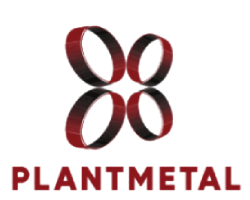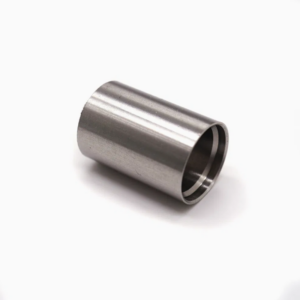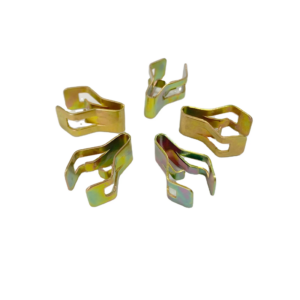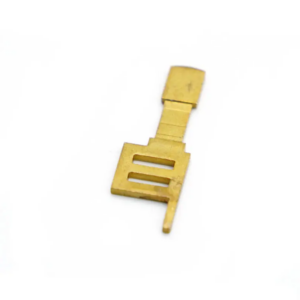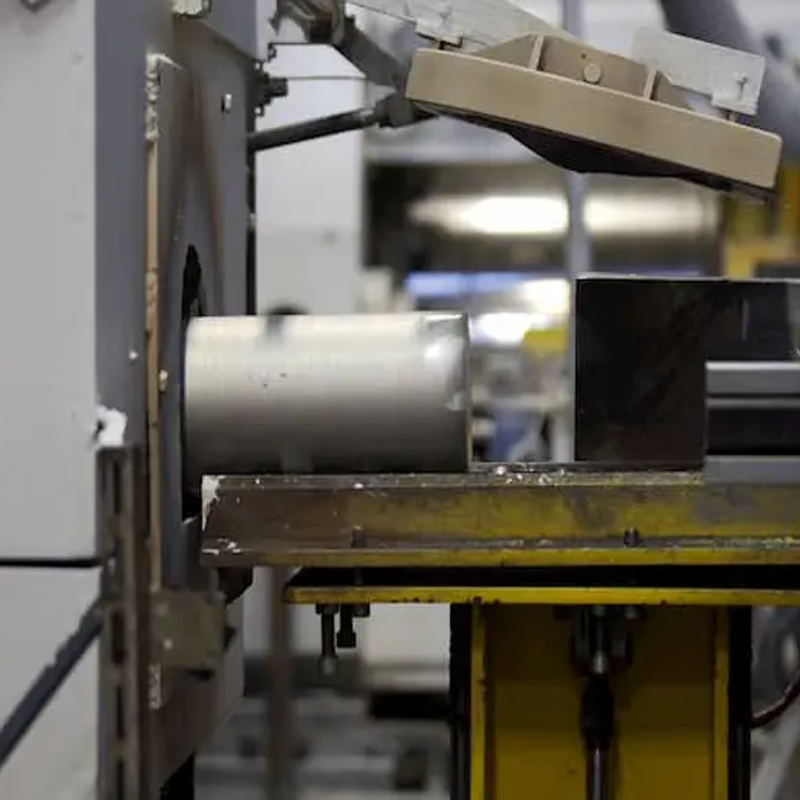Metal extrusion is a highly efficient and cost-effective process that enables manufacturers to create complex profiles with a variety of cross-sectional shapes. Whether you need to produce simple or intricate components, extrusion allows for both flexibility and precision. At Plantmetal, we offer comprehensive metal extrusion services tailored to meet your specific needs, with a focus on high-quality results and seamless OEM solutions. In today’s blog, we will provide an in-depth look at the metal extrusion process, its types, applications, and key design considerations, ensuring you have all the information you need for your next project.
What is Metal Extrusion?
Metal extrusion is a manufacturing process that involves forcing a heated or cold metal billet through a die with a specific cross-sectional shape. The metal takes on the form of the die opening, resulting in what is known as an extrudate. The extrusion process works by applying mechanical or hydraulic pressure to the billet, which helps improve its strength and mechanical properties due to the compressive and shear forces it experiences during the process.
While extrusion is commonly used for metals, it can also be applied to materials like polymers, ceramics, and concrete. At Plantmetal, we specialize in metal extrusion, offering both custom and standard profiles for a range of applications, ensuring your parts are produced with precision and efficiency.

The Working Principle of Metal Extrusion
The metal extrusion process involves several key steps that ensure the production of a high-quality extrudate. These steps can be broken down into the following:
- Designing the Die
The success of the extrusion process heavily depends on the design of the die, as the profile of the extrudate will be shaped according to the die opening. Our engineers at Plantmetal pay close attention to optimizing the die design to achieve the desired profile, whether it’s circular, rectangular, square, or more complex shapes.
- Metal Preparation
The billet used for extrusion may need to be heated to increase its flowability, although some metals can be extruded at room temperature. In many cases, heating the billet reduces the required force and improves the material’s workability.
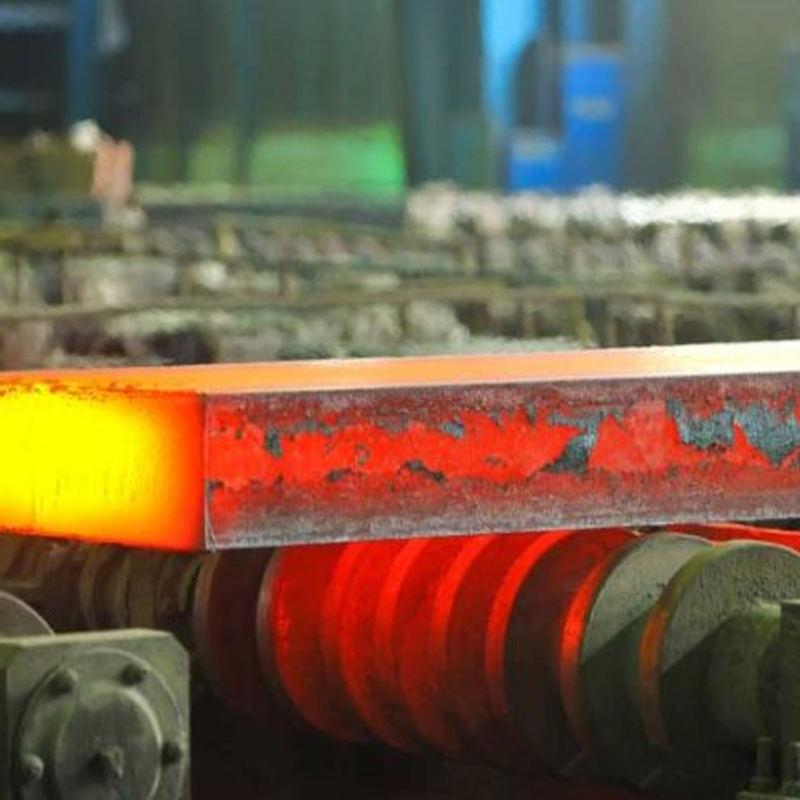
- Extrusion Process
After the billet is prepared, it is placed into the extrusion chamber, and a plunger or ram applies pressure (either mechanically or hydraulically) to force the metal through the die. This high pressure shapes the metal into the desired profile.
- Post-Processing
Once the extrudate is produced, additional heat treatments, such as aging, may be applied to improve its mechanical properties. For example, aluminum extrusions are often hardened by heating them to a specific temperature and then cooling them to enhance strength.
Types of Metal Extrusion
Metal extrusion can be classified into several categories based on factors like the application of heat, the direction of metal flow, and the type of metal being processed. Here are the primary types of metal extrusion:
- Hot Extrusion
In hot extrusion, the billet is heated above its recrystallization temperature to soften it and allow it to flow more easily through the die. The advantage of this method is that the resulting extrudates are free from strain hardening. However, the surface finish may not be as smooth, and the setup and maintenance costs are typically higher.
- Cold Extrusion
Cold extrusion is performed at room temperature, and additional force is required to push the metal through the die. Cold extrusion produces extrudates with excellent mechanical properties and smooth surfaces, free from oxidation. This process is often used for products like aluminum cans and tubes.
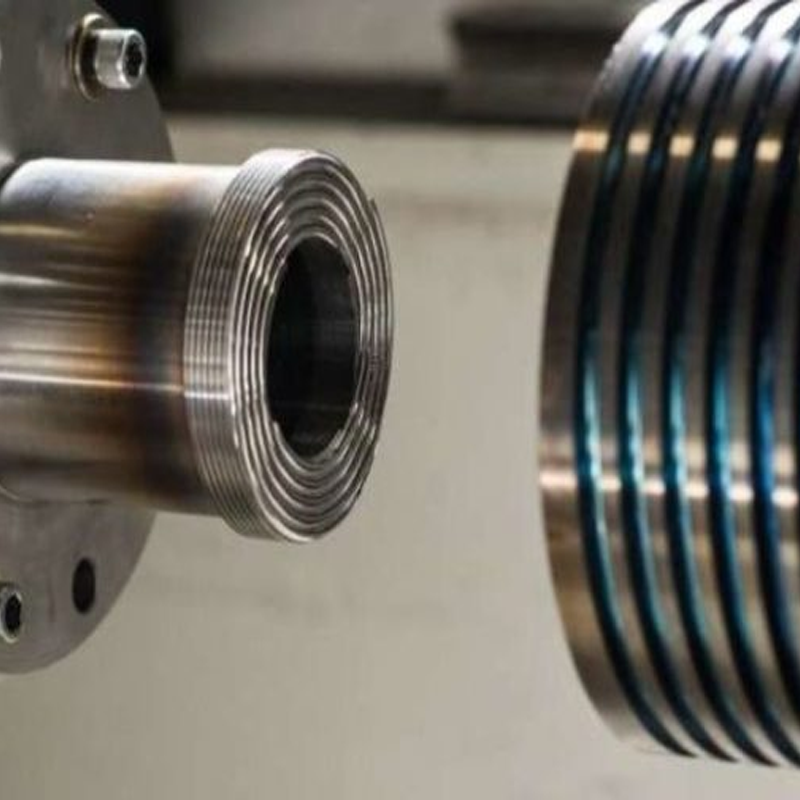
- Warm Extrusion
In warm extrusion, the billet is heated to a temperature between room temperature and the recrystallization temperature. This process offers greater control over the extrudate’s properties and is suitable for producing parts with good ductility and surface finish.
- Direct Extrusion
Direct extrusion involves pushing the metal through the die in the same direction as the plunger. It requires a high level of force due to friction between the container and the punch.
- Indirect Extrusion
In indirect extrusion, the metal feed and the plunger move in opposite directions. This type of extrusion reduces friction and is ideal for certain applications that require a more even metal flow.
- Friction Extrusion
Friction extrusion utilizes the heat generated by friction between the punch and the container to soften the billet, eliminating the need for preheating. This method is especially useful for recycling metals like scrap and machining blocks.
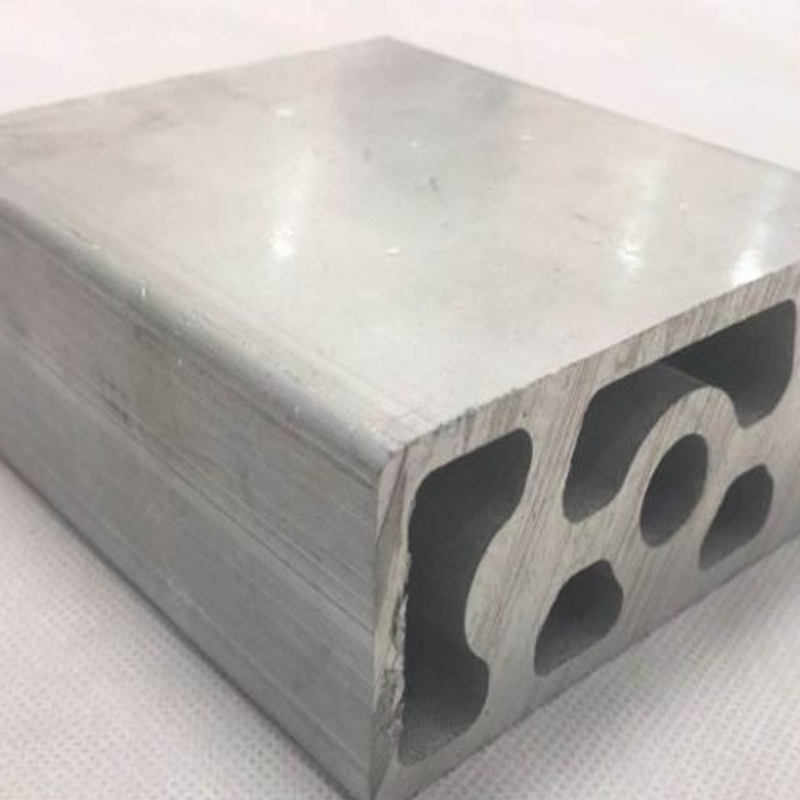
- Micro Extrusion
Micro extrusion is used to produce profiles with submillimeter dimensions. The die and container sizes are reduced to accommodate extremely small profiles, but this method can sometimes result in defects such as cracks or poor surface properties.
- Hydrostatic Extrusion
In hydrostatic extrusion, fluid (often oil) is introduced between the plunger and the billet to reduce friction. This process requires less force and produces a more consistent metal flow, but it can suffer from issues such as fluid leakage.
- Lateral Extrusion
Lateral extrusion involves feeding the metal perpendicular to the punch direction. This process allows for multiple die openings, making it ideal for producing several profiles simultaneously.
- Impact Extrusion
Impact extrusion applies high-speed ramming to form metals, particularly softer metals like aluminum and copper. It is commonly used for products such as caps and containers.
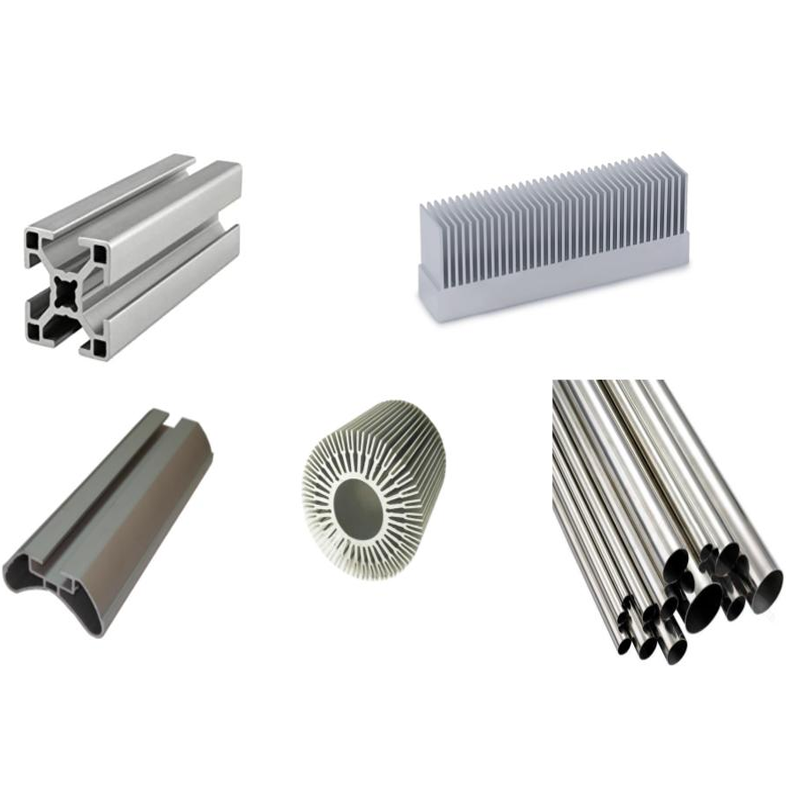
Metals Compatible with Extrusion
Choosing the right material for extrusion is crucial to achieving the desired product properties. At Plantmetal, we work with a range of metals suitable for extrusion, each offering unique characteristics:
– Aluminum: Lightweight, ductile, and highly machinable, ideal for a wide range of applications.
– Steel: High strength and durability, commonly used in structural components.
– Stainless Steel: Corrosion-resistant and hard, perfect for demanding environments.
– Copper: Excellent conductivity and ductility, often used in electrical components.
– Brass: Aesthetic and wear-resistant, ideal for decorative and functional applications.
– Nickel Alloys: Resistant to high temperatures and oxidation, used in aerospace and other high-performance industries.
– Titanium: High strength and lightweight, used in aerospace, medical, and marine applications.
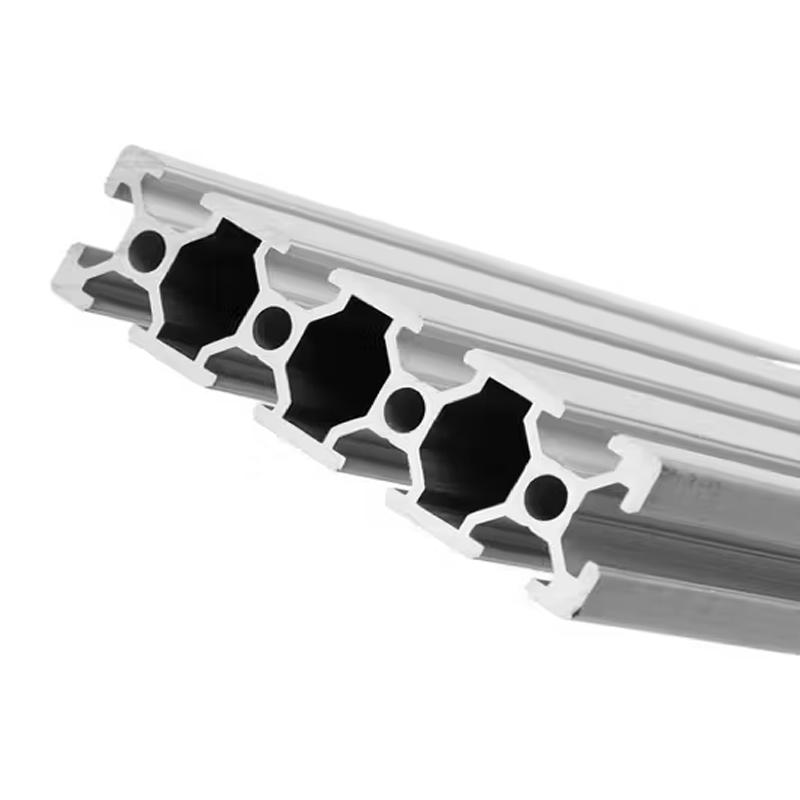
Defects in Metal Extrusion
While metal extrusion is an efficient process, it can sometimes result in defects that impact the quality of the extrudate. Common defects include:
– Internal Cracking: Caused by low friction or improper extrusion ratios. This can be fixed by increasing friction or applying lubrication.
– Surface Cracking: Resulting from high friction or improper temperature control. Using hydrostatic extrusion or optimizing the heating process can reduce this issue.
– Piping: Caused by the presence of oxides or uneven metal flow. Ensuring metal purity and even feed flow can help mitigate this defect.
Applications of Metal Extrusion
The versatility of metal extrusion makes it suitable for a wide range of industries and applications, including:
– Construction: Manufacturing of architectural components such as window frames, door panels, and railings.
– Electronics: Producing heat sinks, busbars, and battery cases.
– Automotive: Creating chassis components, door frames, and suspension systems.
– Aerospace: Producing turbine components and structural parts.
– Packaging: Creating extruded aluminum cans and containers for the food and beverage industry.
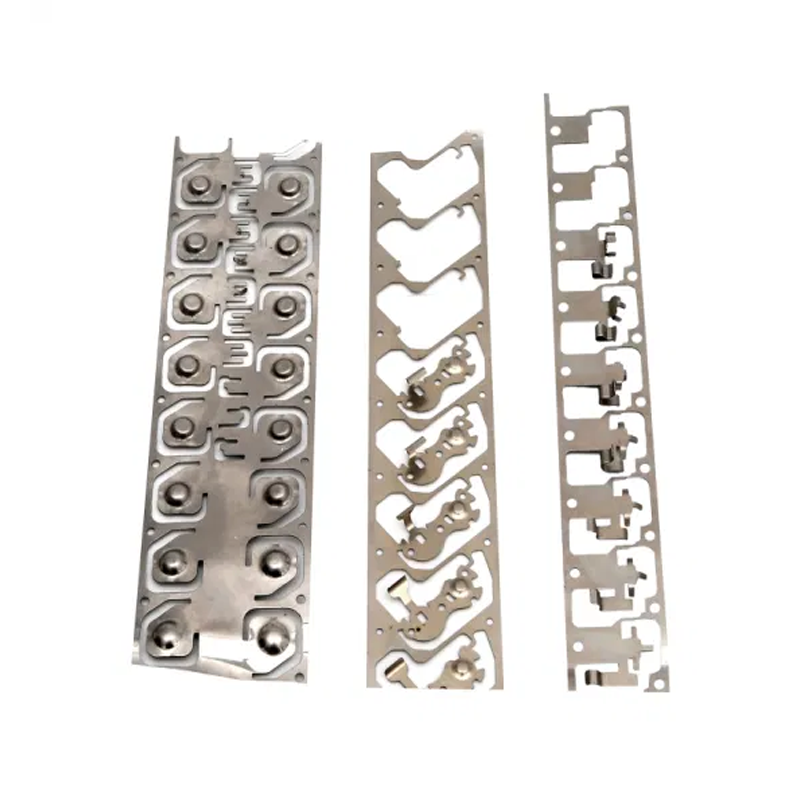
Metal Extrusion Design Considerations
To achieve the best results, it’s important to consider several factors when designing extruded profiles:
– Material Selection: Ensure the material’s properties align with the desired outcome.
– Profile Shape: Choose solid, semi-hollow, or hollow shapes based on strength requirements.
– Tolerance: Accurately define dimensional tolerances, as extruded parts are often used in assemblies.
– Metal Thickness: Ensure the walls of the profile are thick enough to prevent distortion.
– Webs and Ribs: Add structural support where necessary to prevent twisting or warping.
Pros and Cons of Metal Extrusion
Like any manufacturing process, metal extrusion has both advantages and drawbacks:
Pros:
– Cost-effective for producing complex profiles.
– High mechanical properties, especially with cold and warm extrusion.
– Minimal waste generation.
– Suitable for a wide range of materials, including recyclable metals.
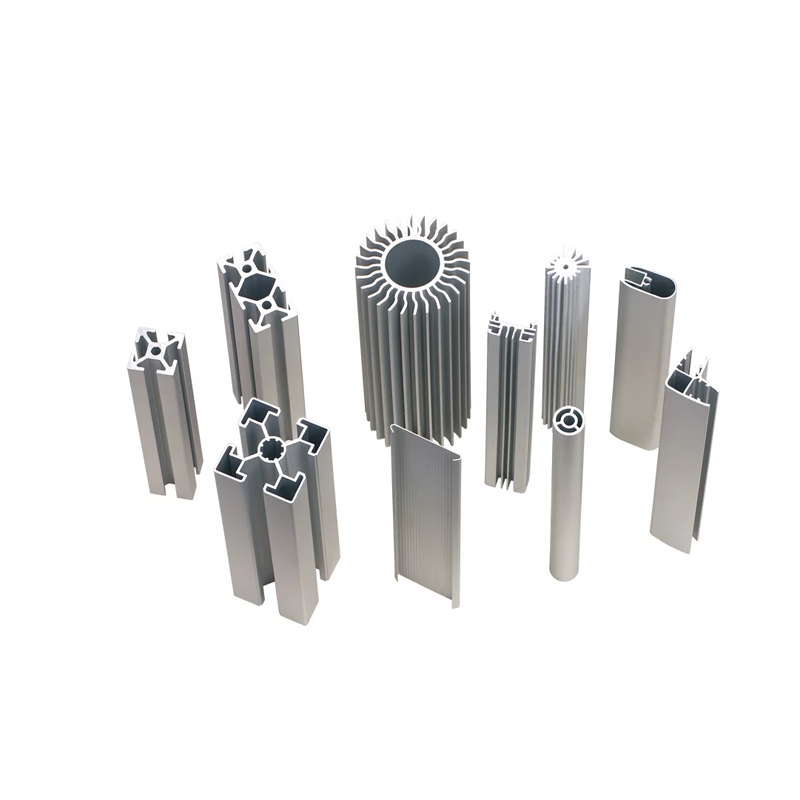
Cons:
– High setup costs.
– Surface quality issues in hot extrusion.
– Requires significant force, which can be challenging for certain metals.
Conclusion:
Metal extrusion offers a versatile and efficient solution for producing high-quality parts with complex shapes. However, designing and optimizing extrusion profiles requires expertise and precision. At Plantmetal, we have over a decade of experience in metal extrusion, providing both custom OEM services and a wide range of materials to meet your specific needs. Our team of engineers works closely with clients to optimize designs, ensuring that every extruded part meets the highest standards of quality and performance.
If you’re looking for professional metal extrusion services, reach out to us today at Plantmetal. Let us help you bring your ideas to life with precision-engineered extrusions that fit your exact specifications. Contact us now to discuss your project, and we’ll provide you with a competitive quote tailored to your needs.
